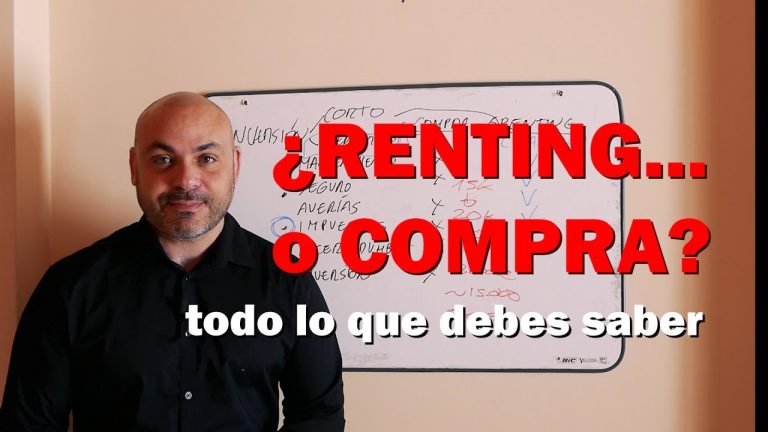Contenidos
Ver canal plus deportes 1 online
Canal plus live
Canal+ was created by Sogecable, which obtained one of the three nationwide private analog television licenses tendered by the government in 1988. This was a special concession for the characteristics of the channel, which required it to broadcast six hours of free-to-air programming per day, with the rest of the encoded broadcasts being exclusive to subscribers. Initially, the fee was 3,000 pesetas/month, although it later increased to 4,000 pesetas/month, in addition to the 15,000 pesetas as a deposit for the decoder.
On September 1, 1997, the corporate image of the channel, which had remained unchanged since its debut in 1990, was renewed. With the launch of Canal Satélite Digital, Sogecable’s digital platform, on January 31, 1997, the channel became available on satellite television and two versions of the channel, “Canal+ Azul” and “Canal+ Rojo”, were created to make up the operator’s premium package.[2] On July 2003, Sogecable’s digital platform was launched.
On July 21, 2003, Digital+, the platform resulting from the merger of Canal Satélite Digital and Vía Digital, was launched. This new platform expanded the Canal+ channel package, with “Canal+ …30” (with the same programming, but with a half-hour delay), “Canal+ 2” (second channel, with programs from the first channel at different times), as well as “Canal+ 16:9”, a pioneer in panoramic broadcasts, until its format was introduced to the rest of the channels, replacing the 4:3 standard, at the end of 2009.
Movistar online
Canal+ was born from the hand of Sogecable, which obtained one of the three nationwide private analog television licenses tendered by the government in 1988. This was a special concession for the characteristics of the channel, which required it to broadcast six hours of free-to-air programming per day, with the rest of the encoded broadcasts being exclusive to subscribers. Initially, the fee was 3,000 pesetas/month, although it later increased to 4,000 pesetas/month, in addition to the 15,000 pesetas as a deposit for the decoder.
On September 1, 1997, the corporate image of the channel, which had remained unchanged since its debut in 1990, was renewed. With the launch of Canal Satélite Digital, Sogecable’s digital platform, on January 31, 1997, the channel became available on satellite television and two versions of the channel, “Canal+ Azul” and “Canal+ Rojo”, were created to make up the operator’s premium package.[2] On July 2003, Sogecable’s digital platform was launched.
On July 21, 2003, Digital+, the platform resulting from the merger of Canal Satélite Digital and Vía Digital, was launched. This new platform expanded the Canal+ channel package, with “Canal+ …30” (with the same programming, but with a half-hour delay), “Canal+ 2” (second channel, with programs from the first channel at different times), as well as “Canal+ 16:9”, a pioneer in panoramic broadcasts, until its format was introduced to the rest of the channels, replacing the 4:3 standard, at the end of 2009.
Canal + sport 1 program
Canal+ was created by Sogecable, which obtained one of the three nationwide private analog television licenses tendered by the government in 1988. This was a special concession for the characteristics of the channel, which required it to broadcast six hours of free-to-air programming per day, with the rest of the encoded broadcasts being exclusive to subscribers. Initially, the fee was 3,000 pesetas/month, although it later increased to 4,000 pesetas/month, in addition to the 15,000 pesetas as a deposit for the decoder.
On September 1, 1997, the corporate image of the channel, which had remained unchanged since its debut in 1990, was renewed. With the launch of Canal Satélite Digital, Sogecable’s digital platform, on January 31, 1997, the channel became available on satellite television and two versions of the channel, “Canal+ Azul” and “Canal+ Rojo”, were created to make up the operator’s premium package.[2] On July 2003, Sogecable’s digital platform was launched.
On July 21, 2003, Digital+, the platform resulting from the merger of Canal Satélite Digital and Vía Digital, was launched. This new platform expanded the Canal+ channel package, with “Canal+ …30” (with the same programming, but with a half-hour delay), “Canal+ 2” (second channel, with programs from the first channel at different times), as well as “Canal+ 16:9”, a pioneer in panoramic broadcasts, until its format was introduced to the rest of the channels, replacing the 4:3 standard, at the end of 2009.
Movistar internet
Canal+ was born from the hand of Sogecable, which obtained one of the three nationwide private analog television licenses tendered by the government in 1988. This was a special concession for the characteristics of the channel, which required it to broadcast six hours of free-to-air programming per day, with the rest of the encoded broadcasts being exclusive to subscribers. Initially, the fee was 3,000 pesetas/month, although it later increased to 4,000 pesetas/month, in addition to the 15,000 pesetas as a deposit for the decoder.
On September 1, 1997, the corporate image of the channel, which had remained unchanged since its debut in 1990, was renewed. With the launch of Canal Satélite Digital, Sogecable’s digital platform, on January 31, 1997, the channel became available on satellite television and two versions of the channel, “Canal+ Azul” and “Canal+ Rojo”, were created to make up the operator’s premium package.[2] On July 2003, Sogecable’s digital platform was launched.
On July 21, 2003, Digital+, the platform resulting from the merger of Canal Satélite Digital and Vía Digital, was launched. This new platform expanded the Canal+ channel package, with “Canal+ …30” (with the same programming, but with a half-hour delay), “Canal+ 2” (second channel, with programs from the first channel at different times), as well as “Canal+ 16:9”, a pioneer in panoramic broadcasts, until its format was introduced to the rest of the channels, replacing the 4:3 standard, at the end of 2009.






